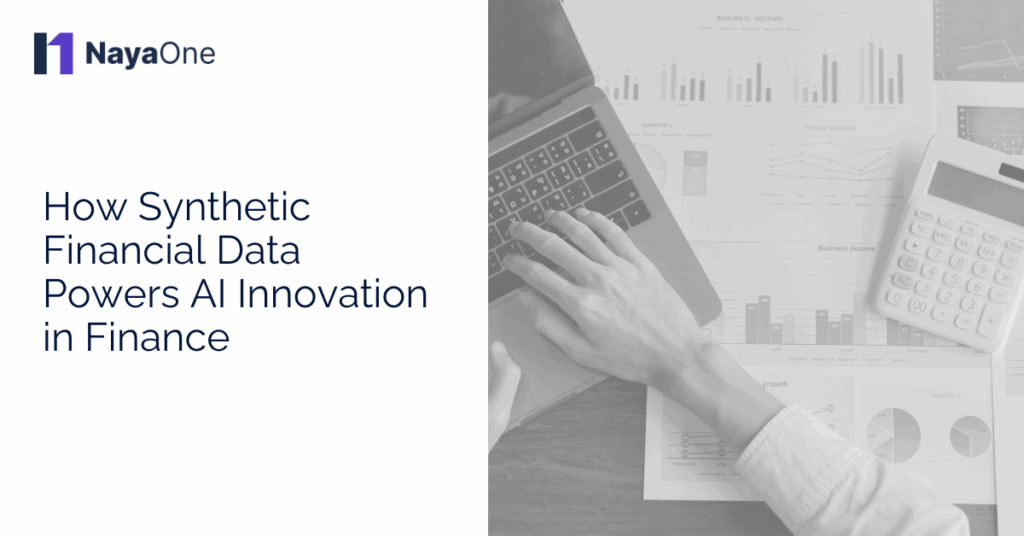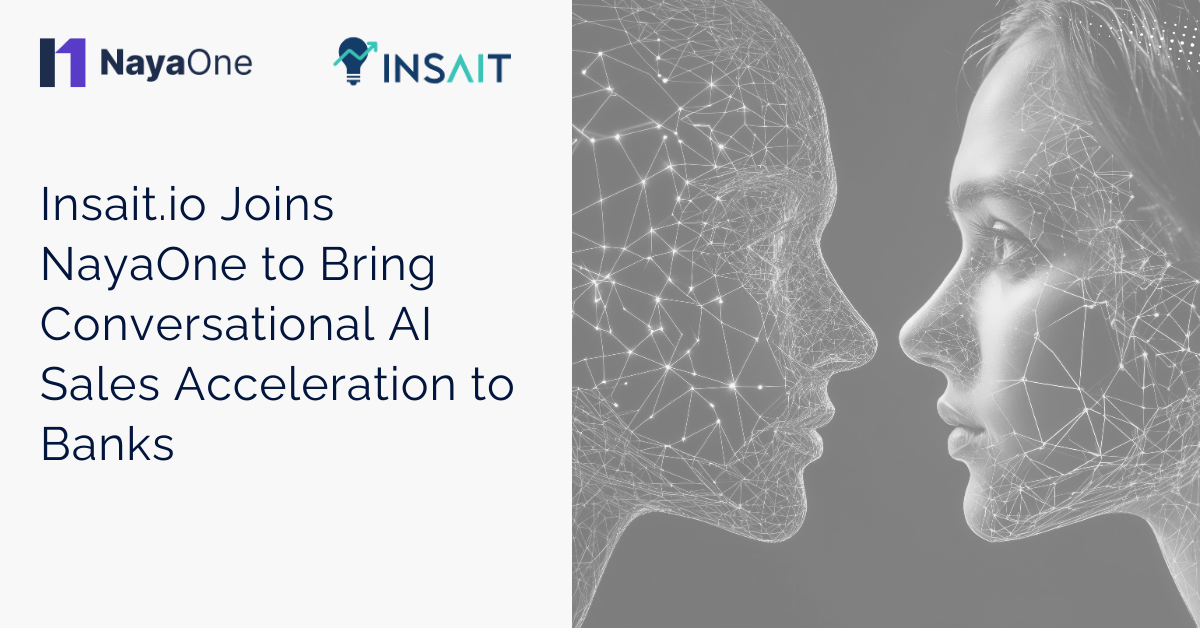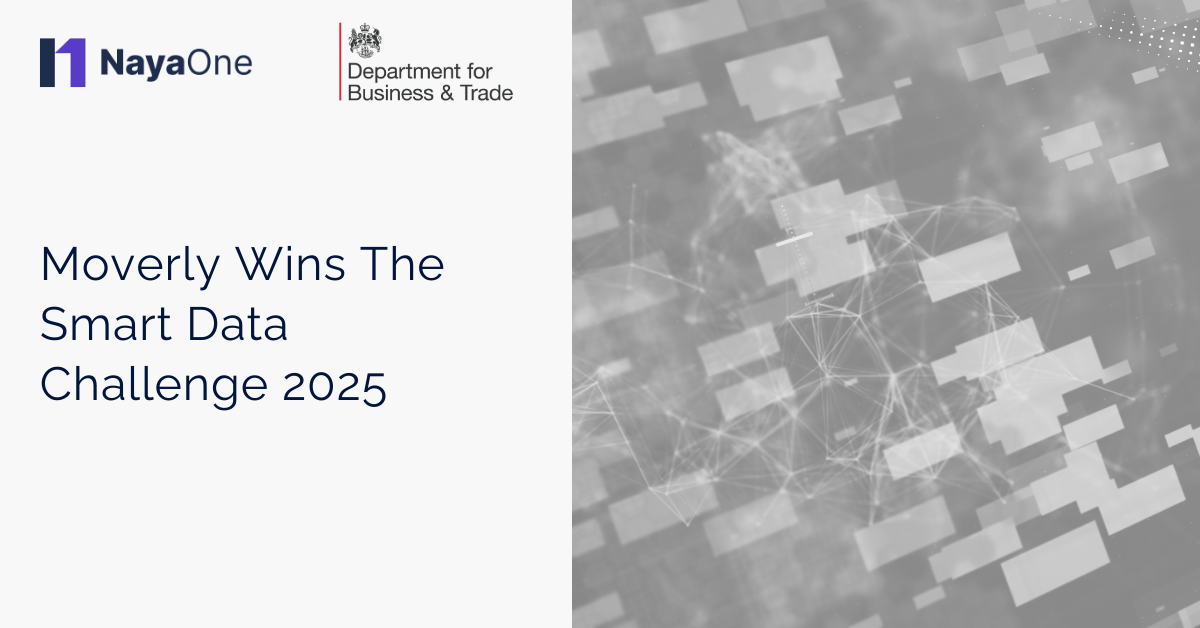Artificial intelligence and machine learning have made big promises in the financial sector: faster fraud detection, better credit scoring, smarter trading, and highly personalised customer experiences. But turning these promises into reality depends on one critical ingredient: data. Specifically, large volumes of high-quality financial data that can be used to train, test, and refine algorithms.
Here’s the problem. Real financial data is sensitive. It contains personally identifiable information, account details, transaction histories, and behavioural patterns that, if mishandled, could breach regulations or erode customer trust. Sharing or reusing this data across teams, or with partners, is often off the table due to compliance and privacy rules. That’s where synthetic financial data steps in.
Synthetic data offers a clever workaround. It mimics the patterns and structures of real financial datasets but is artificially generated, meaning it contains no real customer information. This makes it safer to use in experiments, training environments, or even product development without putting privacy at risk. For financial institutions looking to scale their AI and ML capabilities, synthetic data is quickly becoming an essential part of the toolkit.
What challenges do financial institutions face when using real data for AI models?
While the demand for smarter, faster AI in finance is growing, institutions often hit a wall when it comes to sourcing the right kind of training data. The first challenge is privacy. Financial data is among the most tightly regulated in the world. Regulations like GDPR in the UK and Europe and various banking-specific compliance frameworks restrict how and where personal data can be used.
Even anonymised data isn’t always safe. De-anonymisation techniques have shown that with enough effort, it’s sometimes possible to trace anonymised records back to individuals. This makes many organisations nervous about using real customer data for testing or model development, especially if third parties or remote teams are involved.
Then there’s the issue of access. In large institutions, valuable data often lives in siloed legacy systems, where pulling it out for AI projects can be slow and expensive. Engineers and data scientists can find themselves waiting weeks just to get access to the datasets they need, which stalls innovation and increases costs.
Bias is another hurdle. Real data carries the bias of the system that generated it , whether that’s favouring certain demographics in lending decisions or reflecting past fraud patterns that no longer apply. Training AI models on biased data can lead to skewed results and unfair outcomes.
Finally, there’s volume. Some use cases, like training fraud detection algorithms or simulating rare market conditions, require massive datasets with specific attributes. These just don’t exist in real-world logs at the required scale. It’s hard to train a model to spot edge cases when those edge cases are, by definition, rare.
How is synthetic financial data created, and how accurate is it?
At a glance, synthetic data might sound like fake data, but that’s not quite right. It’s more like a realistic simulation. It’s created using algorithms that learn from real datasets, without copying any individual records, to generate new data that behaves in the same statistical way. There are several methods for doing this, depending on the complexity and intended use.
One common technique is using probabilistic models that replicate the statistical distribution of real data. For example, if a dataset shows that most users make transactions under £100, the synthetic version will reflect that pattern. More advanced approaches use machine learning itself to create data, including tools like generative adversarial networks (GANs). These models pit two neural networks against each other, one generating synthetic data and the other trying to detect if it’s real, until the results are indistinguishable from actual data.
So how accurate is it? That depends on the quality of the source data and the generation method. When done well, synthetic financial data can retain the same relationships and behavioural logic as the original set. For example, it will correctly simulate things like salary deposits at the start of the month, spending spikes on weekends, or the difference in account activity between business and personal accounts.
The key advantage here is that no real customer information is used. That makes it safer to use for testing, sharing, and experimentation while still being useful enough to train models that will later operate on live data.
In what ways is synthetic data accelerating AI innovation in financial services?
Synthetic financial data is already proving its worth across a number of real-world applications. One major area is fraud detection. Banks need to teach AI systems to spot suspicious patterns, but fraud is relatively rare in a typical dataset. By generating synthetic examples of fraudulent transactions, informed by past cases but not directly copied, institutions can train more effective detection models without compromising customer privacy.
Credit scoring is another big one. AI-driven scoring systems need access to a wide variety of financial profiles, from high earners with complex portfolios to individuals with sparse credit histories. Synthetic data allows banks to simulate diverse applicant profiles and fine-tune their models accordingly, all without breaching compliance rules.
Chatbots and personal finance assistants also benefit. These systems need to understand transaction language, categorise spending, and offer budgeting tips. Training them requires rich datasets that show how people spend money, but sharing that kind of data directly would never fly under privacy laws. A synthetic dataset can fill the gap, letting teams build and test more intelligent tools that feel genuinely helpful to users.
Algorithmic trading firms use synthetic market data to model how their strategies would perform in extreme or hypothetical conditions. Since real historical data doesn’t always contain the stress scenarios needed for validation, synthetic timelines can be created to test performance under pressure.
Because synthetic data removes much of the friction around access, privacy, and volume, it allows teams to move faster. Engineers can build prototypes without waiting for data clearance. Data scientists can test multiple models in parallel. Cross-functional teams can collaborate more freely since the data is safe to share. In short, synthetic data clears a path for experimentation, and experimentation is what fuels innovation.
What are the limitations and risks of relying on synthetic data in AI workflows?
While synthetic data offers clear benefits, it’s not a silver bullet. One of the biggest risks is that it may not perfectly reflect the nuances of real-world behaviour. If the original data used to generate the synthetic version is biased, incomplete, or unbalanced, those flaws can be carried through, even if no specific personal details are included.
There’s also the danger of overfitting. AI models trained on synthetic data might learn to perform well on simulated scenarios but struggle when exposed to messy, unpredictable real-world data. This is especially true if the synthetic dataset is too “clean” or doesn’t include enough realistic noise or variation.
Validation is key here. Synthetic data should not replace real data entirely. Instead, it should be used in conjunction with real datasets, for example, to supplement training, test edge cases, or explore what-if scenarios. Teams should always validate model performance using real-world samples before deployment.
Lastly, there’s the perception problem. Some stakeholders may be sceptical about the idea of using made-up data to train financial systems. Transparency about how synthetic datasets are generated, what they represent, and how they’re used is important in building trust and ensuring internal buy-in.
Can synthetic financial data truly future-proof AI in finance?
Synthetic financial data is not just a workaround; it’s becoming a strategic asset. It helps financial institutions move faster, stay compliant, and train smarter AI systems without putting sensitive information at risk. From fraud detection to personal finance apps, the possibilities are growing as the quality and realism of synthetic data improve.
Is it a perfect substitute for real data? No, but it’s not trying to be. It’s a powerful complement, something that can fill in the gaps, unlock experimentation, and make cutting-edge models more accessible to teams who need them.
As AI and ML continue to evolve in finance, the need for flexible, scalable, and privacy-safe data will only grow. Synthetic datasets meet that need, giving financial institutions the tools to innovate responsibly, test fearlessly, and stay ahead of the curve.





